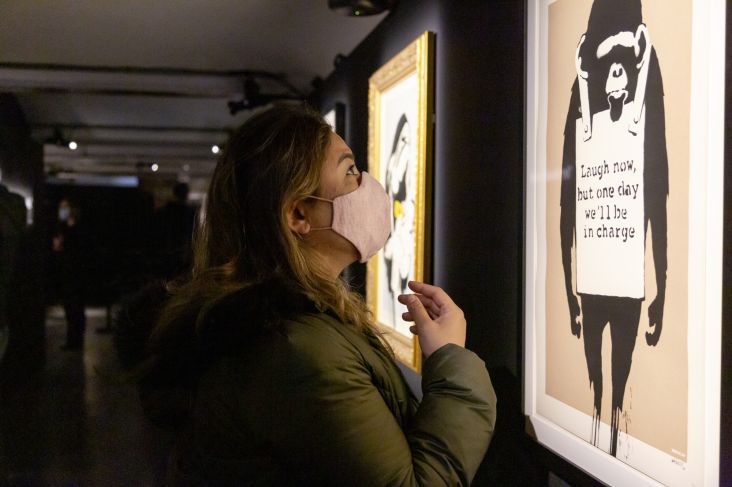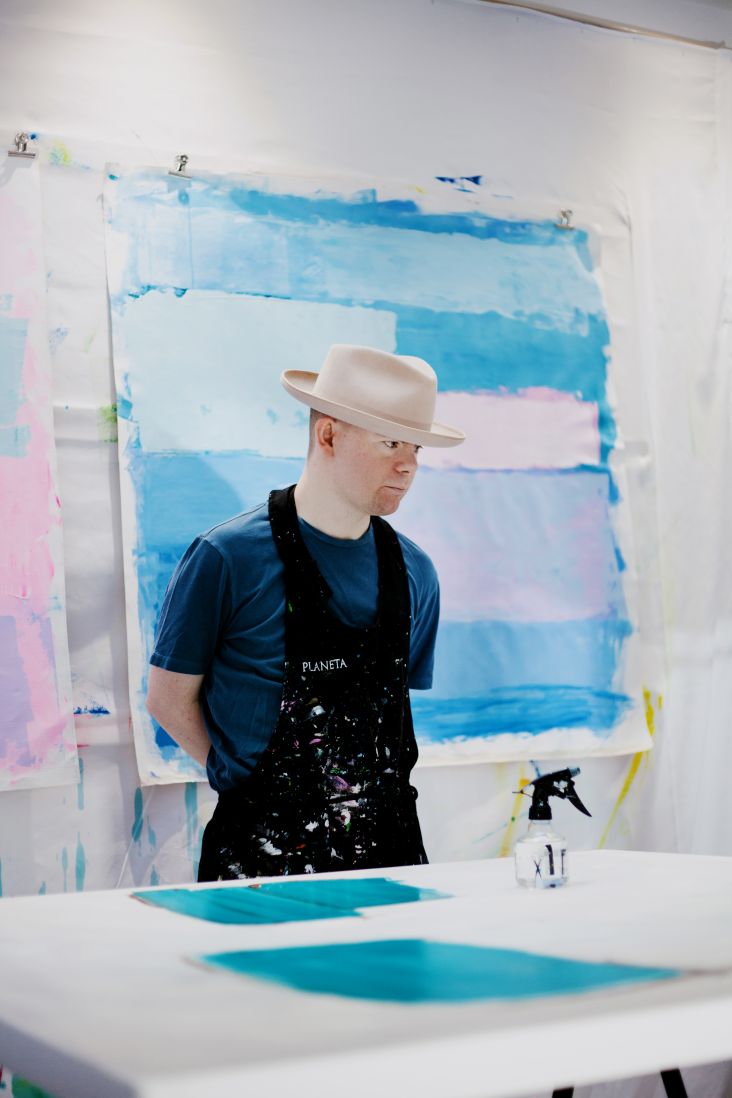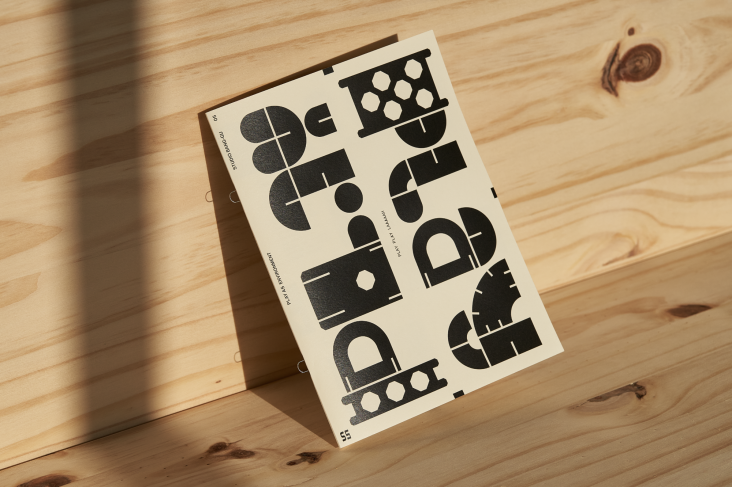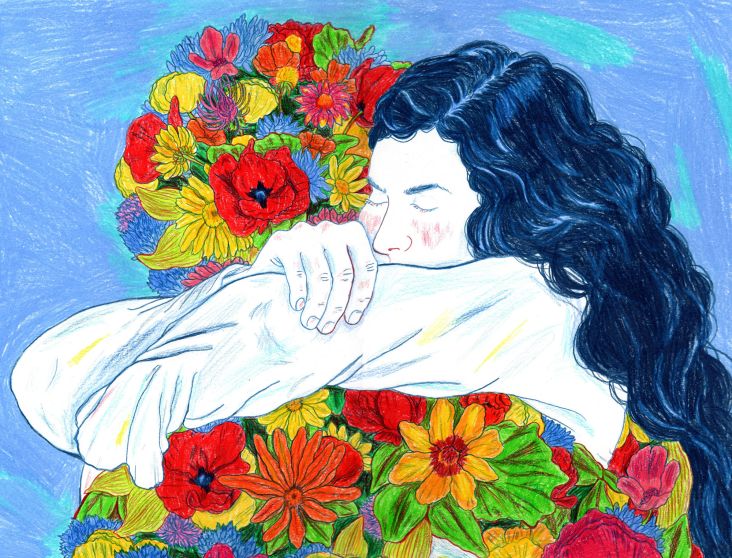Skarstedt New York explores Francis Bacon's relationships in upcoming exhibition
A group of masterworks by Francis Bacon painted between the 1950s and 1970s are coming to Skarstedt Gallery in New York as part of an upcoming exhibition that explores the artist's relationships with beloved friends and muses.
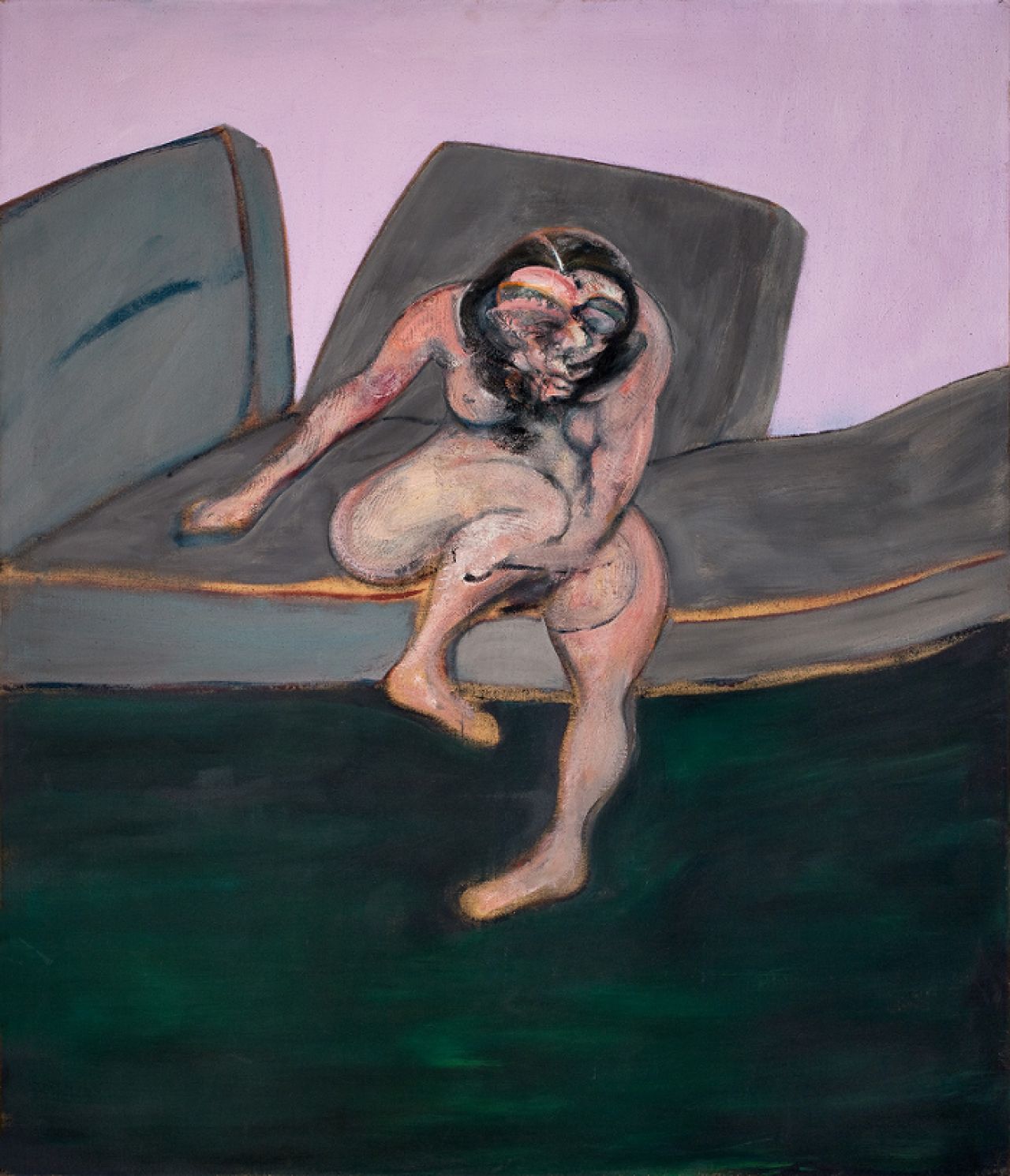
Seated Woman (1961) © The Estate of Francis Bacon. All rights reserved. / DACS, London / ARS, NY 2022
Running from 4 May to 11 June 2022 at Skarstedt Gallery in New York, Francis Bacon: Faces and Figures looks at the "poignant moments of loss and companionship" which were felt in the great painter's personal relationships.
Featuring depictions of some of Francis Bacon's most beloved friends, lovers and muses - including Peter Lacy, George Dyer, Muriel Belcher, and Henrietta Moraes - the exhibition also doesn't shy away from the fiery and tempestuous aspects of these relationships. Intimate self-portraits and a portrait of Pope Pius XII are also on display to round out the collection.
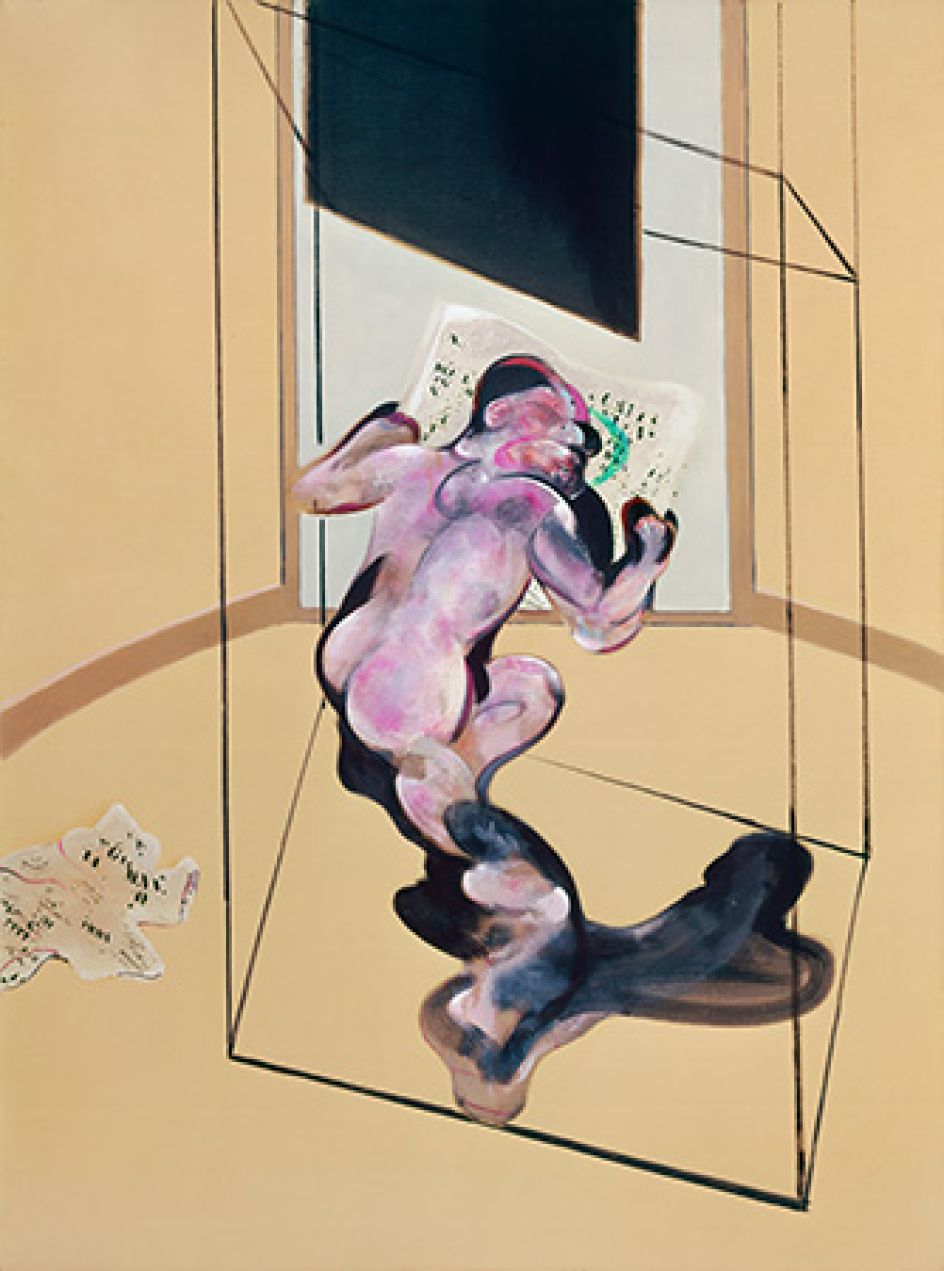
Figure in Movement (1972) © The Estate of Francis Bacon. All rights reserved. / DACS, London / ARS, NY 2022
For admirers of how Bacon experimented with figures and distorted the human form in his expressive paintings, Francis Bacon: Faces and Figures also promises to offer up some rarities. Amongst them are the paintings of Muriel Belcher and Henrietta Moraes. While not usually associated with the romantic discourse which usually dominates his work, the two women played an essential role in his practice.
In particular, the muse of Henrietta Moraes gets special treatment. Study of Henrietta Moraes Laughing and Three Studies for a Portrait will be shown side-by-side for the first time, which is fitting, seeing as both pieces were inspired by the 1959 film Hiroshima Mon Amour in which the lead actress appears with a piece of hair across her face.
"Here, Bacon uses it as a compositional device to split Moraes's face in two while evoking the love, loss, and despair latent in the film and his own life," Skarstedt Gallery explains.
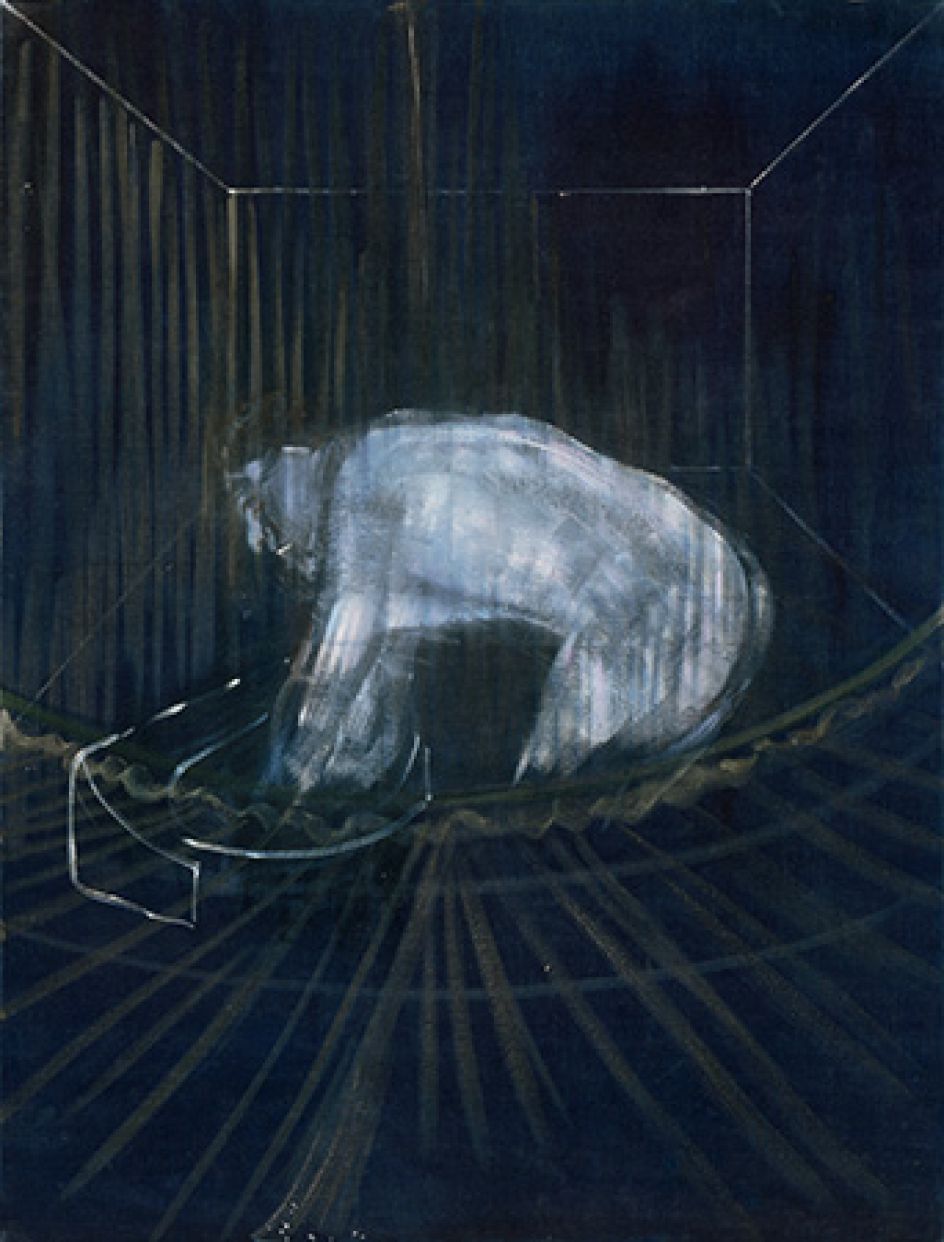
Man at a Washbasin (1954) © The Estate of Francis Bacon. All rights reserved. / DACS, London / ARS, NY 2022
However, Bacon's muse was not always other people, and the artist started to turn to himself for subject matter later in his career when people around him started to die.
"Painted when he was nearly seventy, Study for Self-Portrait (1979) sees Bacon considering his own mortality after a life of so much loss and death," says the gallery. "Hues of crimson, blue, and purple flicker across his face as if battered and bruised, tired from years of fighting."
Arrange your visit now by visiting the Skarstedt Gallery site.
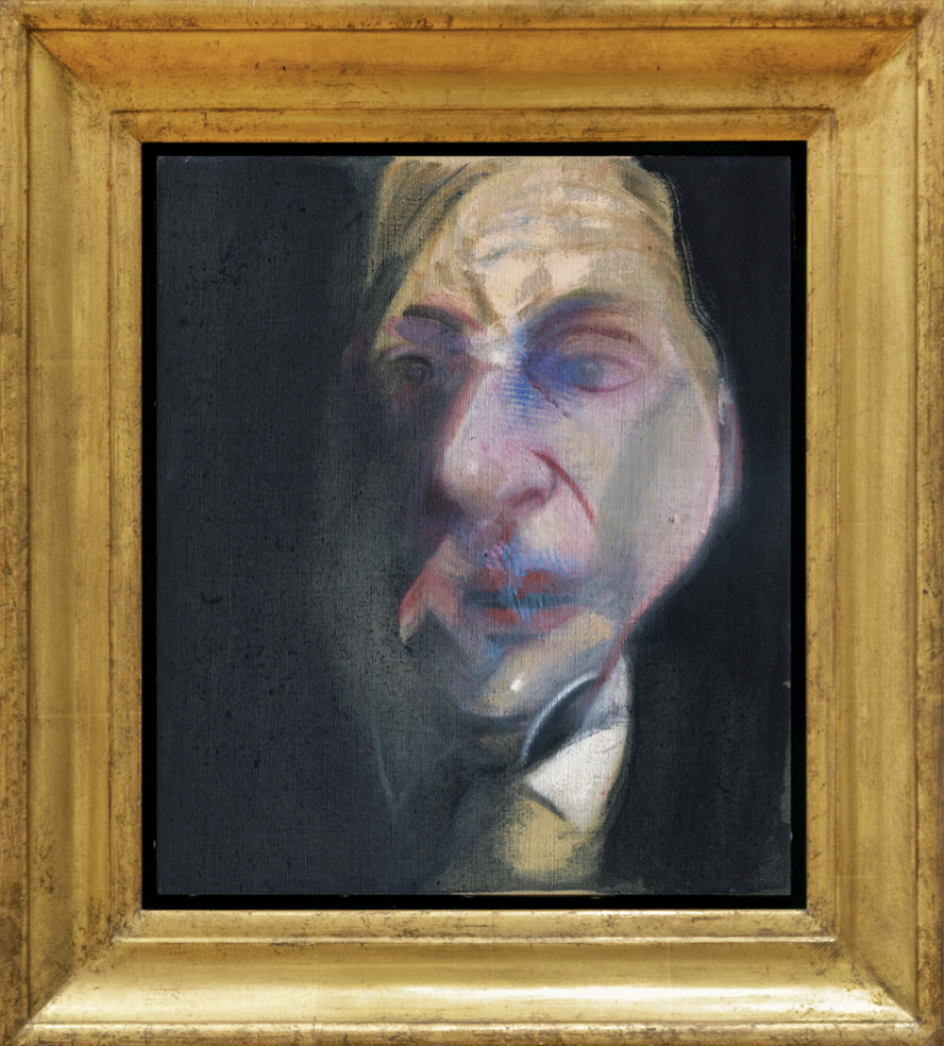
Study for Self Portrait (1979) © The Estate of Francis Bacon. All rights reserved. / DACS, London / ARS, NY 2022

















